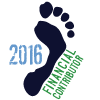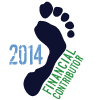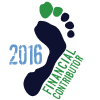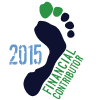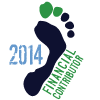After 2-3 weeks of trying to run through some minor pain I had in my left ankle (below ankle bone, soleus was very tight), I decided I'm not running again until I feel 100%. First of all, is this the right approach (i.e., only trying to run after 100%)? I gotta think so but figured I would ask...
The issue I'm now having, after not running for 3 weeks, is I find it difficult to determine whether I'm 100%.
When I use to roll (The Stick) my soleus and other lower leg muscles on my left side they were tight (during the period of minor pain and for 1-2 weeks after I stopped running). Over the last week that tightness has gone away (completely). When I feel/massage my left ankle it also feels much better than before. However, when I flex my left foot in a very specific way there is still some discomfort. The right foot is fine. Hard to explain the "way": while seated, with toes pointed straight out with foot extended (ballet like), if I then turn my foot inwards I feel some discomfort in the ankle area. But this is not a position my foot goes when running. I discovered this lingering tightness when rotating my foot.
In the mean time I'm doing some stengthening exercises every other day.
Thanks.
The issue I'm now having, after not running for 3 weeks, is I find it difficult to determine whether I'm 100%.
When I use to roll (The Stick) my soleus and other lower leg muscles on my left side they were tight (during the period of minor pain and for 1-2 weeks after I stopped running). Over the last week that tightness has gone away (completely). When I feel/massage my left ankle it also feels much better than before. However, when I flex my left foot in a very specific way there is still some discomfort. The right foot is fine. Hard to explain the "way": while seated, with toes pointed straight out with foot extended (ballet like), if I then turn my foot inwards I feel some discomfort in the ankle area. But this is not a position my foot goes when running. I discovered this lingering tightness when rotating my foot.
In the mean time I'm doing some stengthening exercises every other day.
Thanks.



